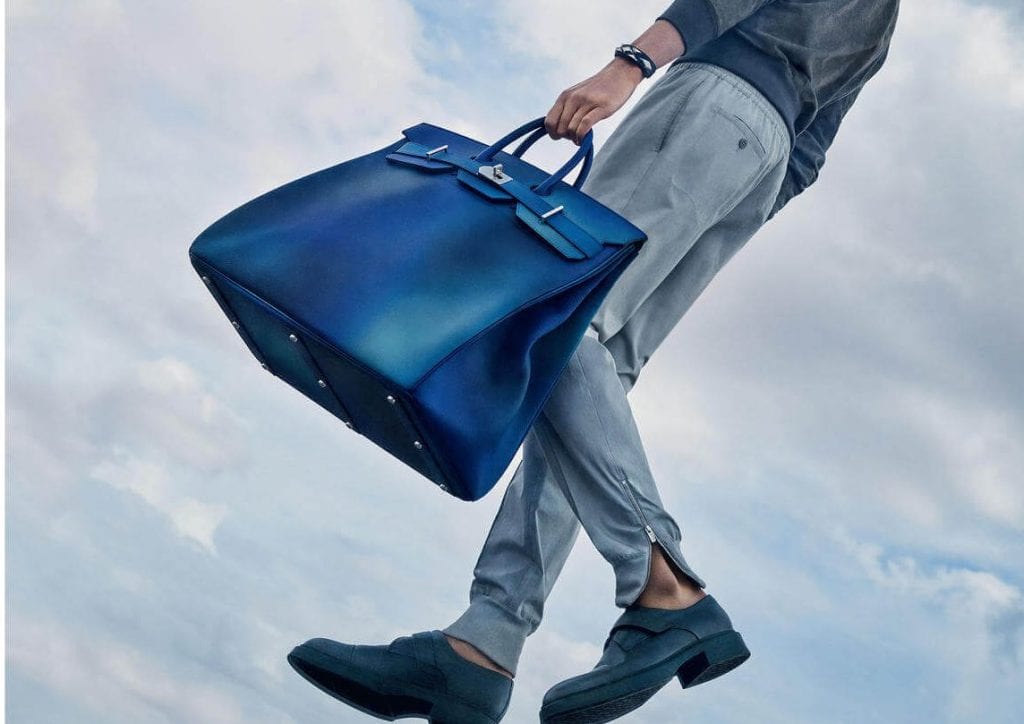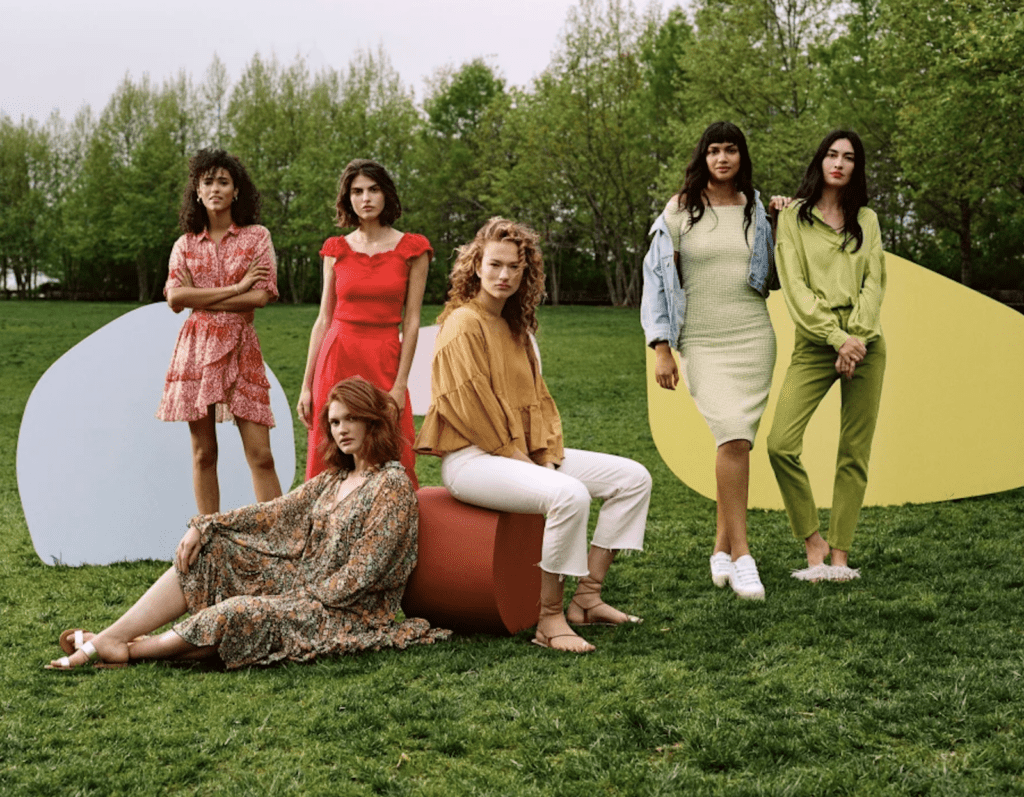During the Great Recession, fashion houses saw their revenues plummet. As sales in the luxury market fell by 10 percent in the U.S. and 8 percent worldwide in 2009 under the pressure of sweeping market volatility, rising unemployment, and a largescale wipe-out of disposable income, one brand, in particular, fared relatively well. At the end of the 2009 fiscal year, Hermès reported €1.91 billion ($2.26 billion) in sales, with year-over-year growth of 8.5 percent. At the time, JP Morgan analyst Véronique Adam said that the Paris-based brand was “almost immune to the financial crisis,” at least when it came to handbags.
Given that handbags accounted for nearly 50 percent of sales and “more than 60 percent of its profits” at the time, according to Adam, Hermès and its “upscale positioning” showed “superior resilience.” In fact, the Birkin and Kelly bag-maker, whose annual sales growth dropped below 8 percent only once between 2010 and 2019, “not only weathered the global financial crisis but thrived,” Jonathan Tepperman wrote for Newsweek in 2010.
“Rather than slash prices, follow fashion, or go down-market, Hermès decided to focus on what it does best: produce expensive but timeless classics with unimpeachable quality that will last a lifetime,” Tepperman noted. And the move worked, helped along by a larger shift among luxury spenders – including “the wealthiest 5 to 10 percent of Americans actually saw their share of the country’s wealth increase” during the 2007 to 2009 recessionary period, per Quartz – away from brash, overly-obvious luxury accessories towards bags that were largely devoid of bold branding.
As a result, Hermès would come to viewed as a case study in how to survive an economic downturn.
Fast forward just over a decade and the Wall Street Journal’s Carol Ryan wrote in June 2020 that despite the fact that Bain predicts that luxury sector revenue will fall by some 35 percent in 2020 as a result of the global health pandemic and resulting economic downturn, Hermès had “passed an early COVID test.” She pointed to the premiums being paid at auction for the brand’s coveted handbags as proof.
In terms of its own results, Hermès revealed in mid-April that its sales fell by 7.7 percent in the first quarter of the year to $1.63 billion, and thereafter, in July, released its Q2 results, which included a much more striking 42 percent drop in sales for the 3-month period. Even with that sizable Q2 sales fall, analysts are calling Hermès “the most resilient player in the luxury goods space.”
(Hermès’ 42 percent drop is greater than the results reported by rival LVMH Moët Hennessy Louis Vuitton, for instance, which saw like-for-like sales fall by 38 percent, but less than Gucci and Bottega Veneta’s parent company Kering, which reported a 43.7 percent fall for the same time frame).
Interestingly, if Q2 results – and analyst optimism – are any indication, Hermès may not be the only brand to look to when it comes to weathering a storm; Ferrari revealed last month that its revenues also fell by 42 percent on a year-on-year basis for the second quarter, but as Bloomberg reported early this month, “The financial impact of the virus on Ferrari NV’s performance is, for now, looking like only one quarter of lost earnings.”
And just as is the case for Hermès’ offerings, which have not suffered from a lack of demand (case in point: the brand reportedly generated $2.7 million in sales on a single day when it reopened its Guangzhou flagship post-COVID), Ferrari says that its “order book for new cars is ‘as strong as ever,’” per Bloomberg.
As analysts are praising Hermès for the “virus-proof” nature of its offerings, Morgan Stanley analysts are calling “the level of stability in an economic crisis” that is being shown by Ferrari “extraordinary,” as reported by Reuters, particularly as “car sales across the world have slumped as measures to contain the virus pandemic forced production lines to shut and showrooms to close.”
The seeming similarities between war-time Hermès and Ferrari shed light on an ongoing debate about where Ferrari – which is currently in the process of revamping its non-car licensing operations in a move to bring that segment more upmarket – resides in the market as a whole. Or, as Bloomberg’s Chris Hughes puts it, are “Ferrari’s peers the mainstream carmakers or the luxury houses?” Hughes states that the Italian automaker’s “strong pricing power, and skill in controlling volumes and squeezing demand to maintain cache, reinforce the argument it belongs with the latter.” How it ultimately fares as a result of COVID will certainly be telling, as well.











